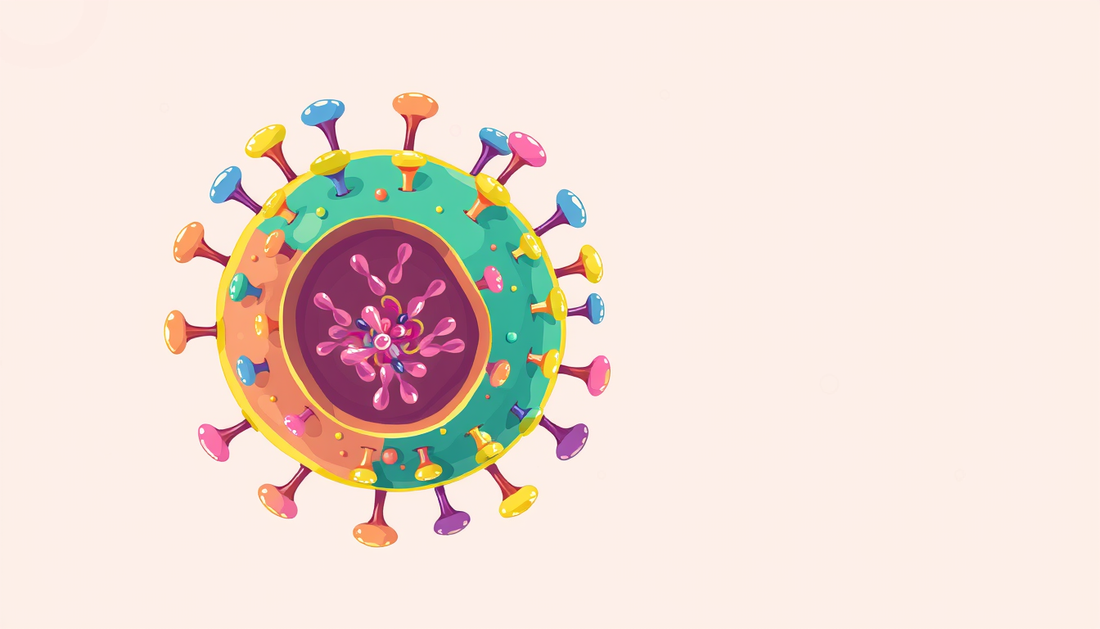
Combating the Scourge of HLVd: Safeguarding the Cannabis Industry
Share
The cannabis industry has been grappling with a formidable foe in recent years – the Hop Latent Viroid (HLVd). This insidious pathogen has been wreaking havoc across the sector, causing significant economic and operational challenges for cultivators and producers alike. As the industry continues to evolve and expand, the need to address this pressing issue has become increasingly paramount.
Understanding HLVd (Hop Latent Viroid)
HLVd is a small, circular, single-stranded RNA molecule that belongs to the Pospiviroidae family. Unlike traditional viruses, which contain DNA or RNA enclosed in a protein coat, HLVd is a naked, self-replicating RNA molecule that can infect a wide range of plant species, including cannabis.
The origins of HLVd can be traced back to the hop industry, where it was first identified in the 1970s. Over time, the pathogen has spread to other agricultural sectors, including the burgeoning cannabis industry, posing a significant threat to cultivators and producers.
HLVd in Cannabis
The impact of HLVd on the cannabis industry has been profound. The pathogen can cause a range of symptoms in infected plants, including stunted growth, reduced yields, and altered cannabinoid and terpene profiles. In severe cases, HLVd can even lead to plant death, devastating the efforts of cultivators and jeopardizing the quality and consistency of their products.
The transmission of HLVd in cannabis is primarily through vegetative propagation, such as the use of infected clones or cuttings. The pathogen can also be spread through contaminated tools, equipment, and growing media, making it a formidable challenge to control and contain.
The economic impact of HLVd on the cannabis industry cannot be overstated. Infected plants can result in significant crop losses, reduced yields, and increased production costs as cultivators struggle to manage the disease. Additionally, the presence of HLVd can lead to regulatory concerns and compliance issues, further complicating the industry's efforts to maintain consistent and high-quality products.
Challenges in HLVd Management
One of the primary challenges in managing HLVd is the difficulty in detecting the pathogen. Unlike many other plant diseases, HLVd does not always manifest visible symptoms, making it challenging to identify infected plants. This, in turn, can lead to the inadvertent propagation and spread of the disease throughout a cultivation facility or across the industry.
Furthermore, the lack of effective treatments for HLVd adds to the industry's woes. While some strategies, such as the use of heat therapy or tissue culture, have shown promise, the overall options for managing the pathogen remain limited. This has forced cultivators to rely heavily on preventive measures, which can be time-consuming and resource-intensive.
Prevention and Control Strategies
To combat the scourge of HLVd, the cannabis industry must adopt a multi-pronged approach that emphasizes prevention and control. Strict sanitation and hygiene practices, including the regular disinfection of tools and equipment, are crucial in limiting the spread of the pathogen.
Additionally, the implementation of robust testing and screening protocols can help identify infected plants early, allowing cultivators to take appropriate action and prevent the further dissemination of the disease. Quarantine procedures for new plant material and the use of certified, HLVd-free stock can also play a vital role in safeguarding the industry.
The Role of Tissue Culture in Combating HLVd
One of the most promising strategies in the fight against HLVd is the use of tissue culture technology. By propagating plants from disease-free, sterile tissue cultures, cultivators can ensure the production of HLVd-free stock, breaking the cycle of infection and providing a reliable source of clean, healthy plants.
Desert Wave Genetics, a professional tissue culture lab in New Mexico, has been at the forefront of this effort. By leveraging their expertise in plant tissue culture, they have been able to produce HLVd-free cannabis plants, offering a reliable solution to cultivators seeking to protect their crops and maintain the integrity of their products.
Future Outlook
As the cannabis industry continues to evolve and mature, the need to address the HLVd challenge has become increasingly pressing. Ongoing research and development efforts are exploring new detection methods, treatment options, and preventive strategies to combat this persistent pathogen.
The industry's collective efforts to raise awareness, share best practices, and collaborate on solutions will be crucial in mitigating the impact of HLVd. By working together, cultivators, producers, and industry stakeholders can safeguard the future of the cannabis industry and ensure the continued delivery of high-quality, consistent products to consumers.
Conclusion
The scourge of HLVd has cast a long shadow over the cannabis industry, posing a significant threat to the livelihoods of cultivators and the well-being of consumers. However, through a concerted and proactive approach, the industry can rise to the challenge and emerge stronger, more resilient, and better equipped to navigate the complexities of this persistent pathogen.
By embracing cutting-edge technologies, such as tissue culture, and implementing robust prevention and control strategies, the cannabis industry can take the necessary steps to protect its crops, maintain product quality, and ensure the long-term sustainability of this dynamic and rapidly evolving sector.